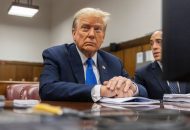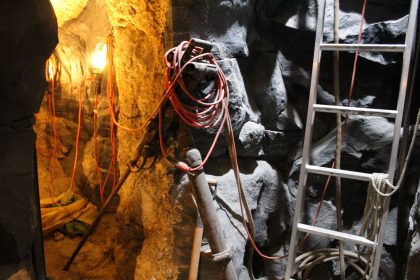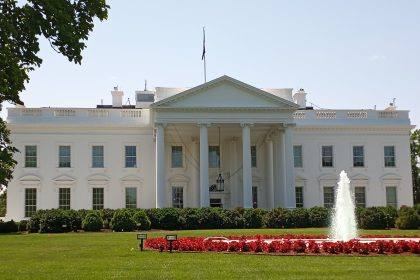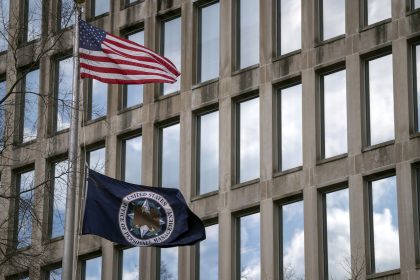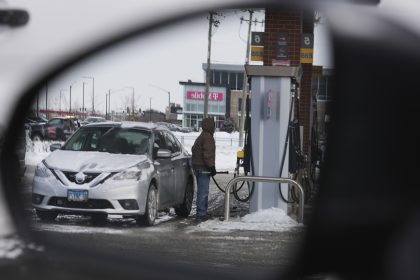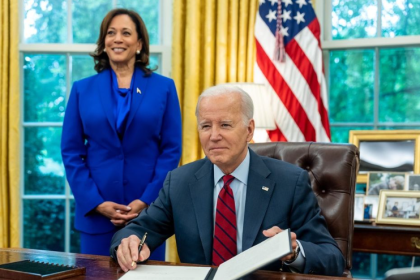Economy Lost 701K Jobs After Coronavirus Bite Took Hold
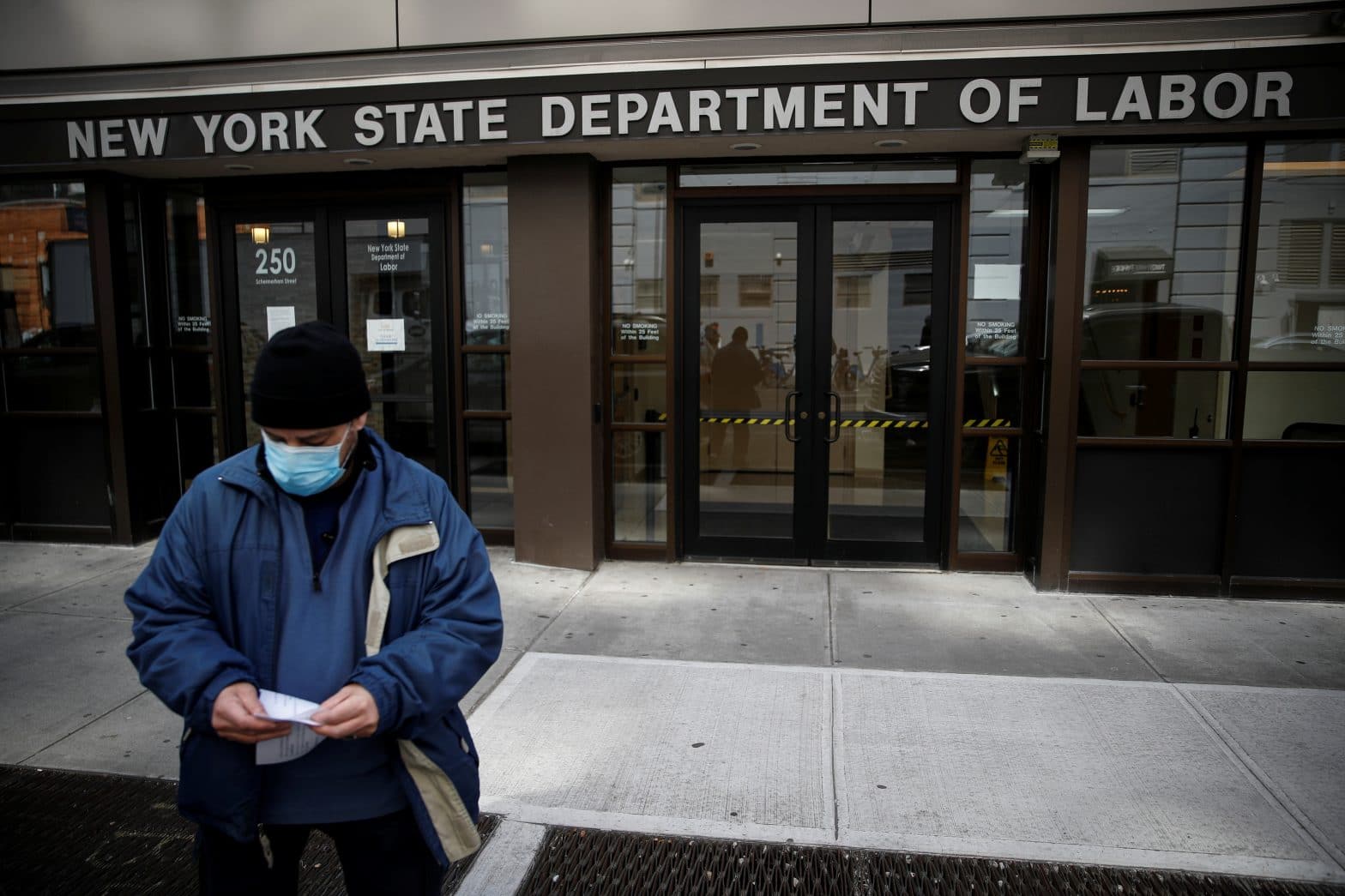
WASHINGTON – The U.S. economy lost 701,000 jobs in March as the coronavirus outbreak spread, ending more than a decade of uninterrupted employment growth, the Bureau of Labor Statistics reported Friday.
The bureau’s monthly employment situation report attributed the shedding of jobs both to the effects of the coronavirus and efforts to contain it, like social distancing and stay-at-home orders from state and federal authorities.
As a result, the agency said, the nation’s unemployment rate rose to 4.4 percent in March, up from 3.5 percent in February. That is the largest one-month jump since January 1975.
The last time the employment report saw no jobs gains was October 2010.
Employment in leisure and hospitality took the biggest hit, with employers shedding 459,000 jobs, mainly in food services and drinking establishments, which dropped 417,000 jobs.
Notable declines also occurred in health care and social assistance, professional and business services, retail trade, and construction.
In the wake of government bans on social gathering, restaurants, bars, entertainment venues, recreational facilities and other businesses deemed “non-essential” have laid off millions of workers.
The Labor Department said Thursday, this led to a record 6.6 million new applicants for jobless benefits in the final week of March alone.
The coronavirus pandemic wiped out roughly two years of food service industry gains, the Bureau said.
The pandemic also claimed 29,000 hotel jobs, 7,000 travel booking and planning jobs, 46,000 retail jobs, 29,000 construction jobs, and 19,000 childcare jobs, the report said.
Despite the rough employment news, the Trump administration maintains it is a temporary situation.
“We’re going through something that we’ve never done before where the government has shut down big parts of the economy because of health reasons,” Treasury Secretary Steven Mnuchin said Thursday during a White House briefing.
“Our economy was in great shape. Our companies were in great shape.”
The federal government has already taken unprecedented measures to support the economy in the face of the worst pandemic in more than a century.
President Trump last week signed a $2 trillion economic rescue bill that included direct payments to U.S. adults, more than $350 billion in loans to small businesses and billions more in corporate and industry aid.
There could still be more action to rescue the economy ahead as Trump and House Democrats both call for another titanic, $2-trillion stimulus bill, this one targeted at infrastructure. The Federal Reserve is also under growing pressure to expand its emergency lending operations to states and cities under financial pressure from the coronavirus outbreak.
Responding to Friday’s report, House Majority Leader Steny Hoyer said as bad as it was, it did not show the full extent of the economic pain many Americans are experiencing.
“The unemployment rate,” he noted, ” only reflects data through the middle of March, before many stay-at-home orders began. ”
“We know that our economy will not fully recover if we cannot get the coronavirus pandemic under control,” Hoyer said. “We must work together as a nation to protect those who are vulnerable, and we must do our part to prevent hospitals from becoming overwhelmed and facing impossible decisions about who ought to receive lifesaving care.”
“Today’s unprecedented job losses will be tomorrow’s record of resurgence,” Hoyer predicted, adding that they’ll be accompanied by stories “of courage and perseverance as we banded together to defeat this virus and save countless lives.”









